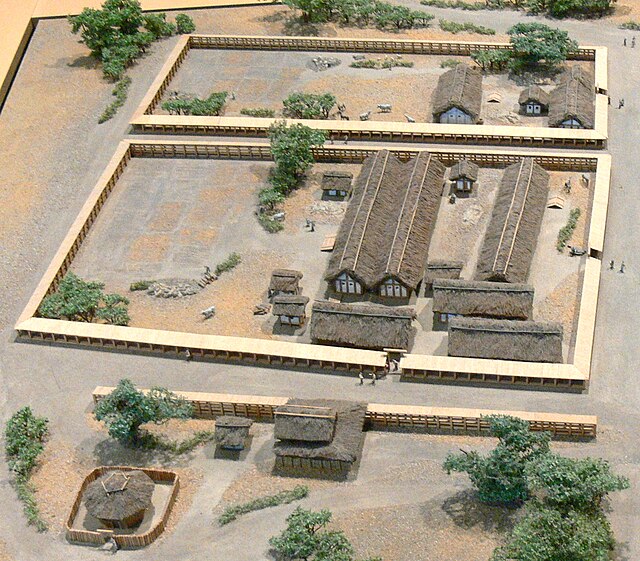Heidengraben is the name given to the remains of a large Celtic fortified settlement (oppidum) dating to the Iron Age, located on the plateau of the Swabian Jura in the districts of Reutlingen and Esslingen in Baden-Württemberg, Germany. The settlement was in use from the 2nd century BC to 1st century BC, during the La Tène period. By surface area, Heidengraben is the largest oppidum in all of mainland Europe.
Heidengraben
Burial mounds at Burrenhof
Heidengraben at Elsachstadt
Remains of Heidengraben ramparts
An oppidum is a large fortified Iron Age settlement or town. Oppida are primarily associated with the Celtic late La Tène culture, emerging during the 2nd and 1st centuries BC, spread across Europe, stretching from Britain and Iberia in the west to the edge of the Hungarian plain in the east. These settlements continued to be used until the Romans conquered Southern and Western Europe. Many subsequently became Roman-era towns and cities, whilst others were abandoned. In regions north of the rivers Danube and Rhine, such as most of Germania, where the populations remained independent from Rome, oppida continued to be used into the 1st century AD.
Oppidum
Murus Gallicus, illustration
Part of the Celtic oppidum of Manching, Germany
Part of the oppidum of Manching








